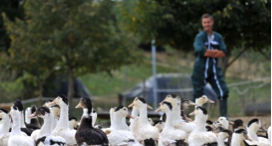Farm characteristics
There are two types of palmiped foie gras producing farms in France:
Farms that process and sell their produce
Producers carry out all of the steps involved in foie gras production:
- Raising the goslings or ducklings ;
- Fattening of the geese or ducks ;
- Slaughter;
- Processing ;
- Local sales.
Several hundred to several thousand animals are raised every year and production may be seasonal.
The production of foie gras palmipeds is often the primary activity on these farms although it can sometimes be a source of additional income.
Specialised farms
Supply major or artisanal brands. They account for about 3000 specialised farms.
Farmers can also specialise in a single step of the foie gras production process.
They may:
- Raise palmipeds “ready for fattening”
- Specialise in fattening
- Raise and fatten
Foie gras palmiped farmers often grow maize on their farms which they use to raise and fatten their ducks or geese.
Many farms still process and sell their product.
Most farms are still artisanal and family operated.
Farms and small companies are both subject to the same European standards for hygiene, animal welfare and environmental protection.

Regardless of the size of their farm, French farmers are very concerned about the quality of their products. Their reputation and continued business depend on this quality.
The foie gras industry, from raising through sales, employs about 30,000 people directly and 100,000 people indirectly.
